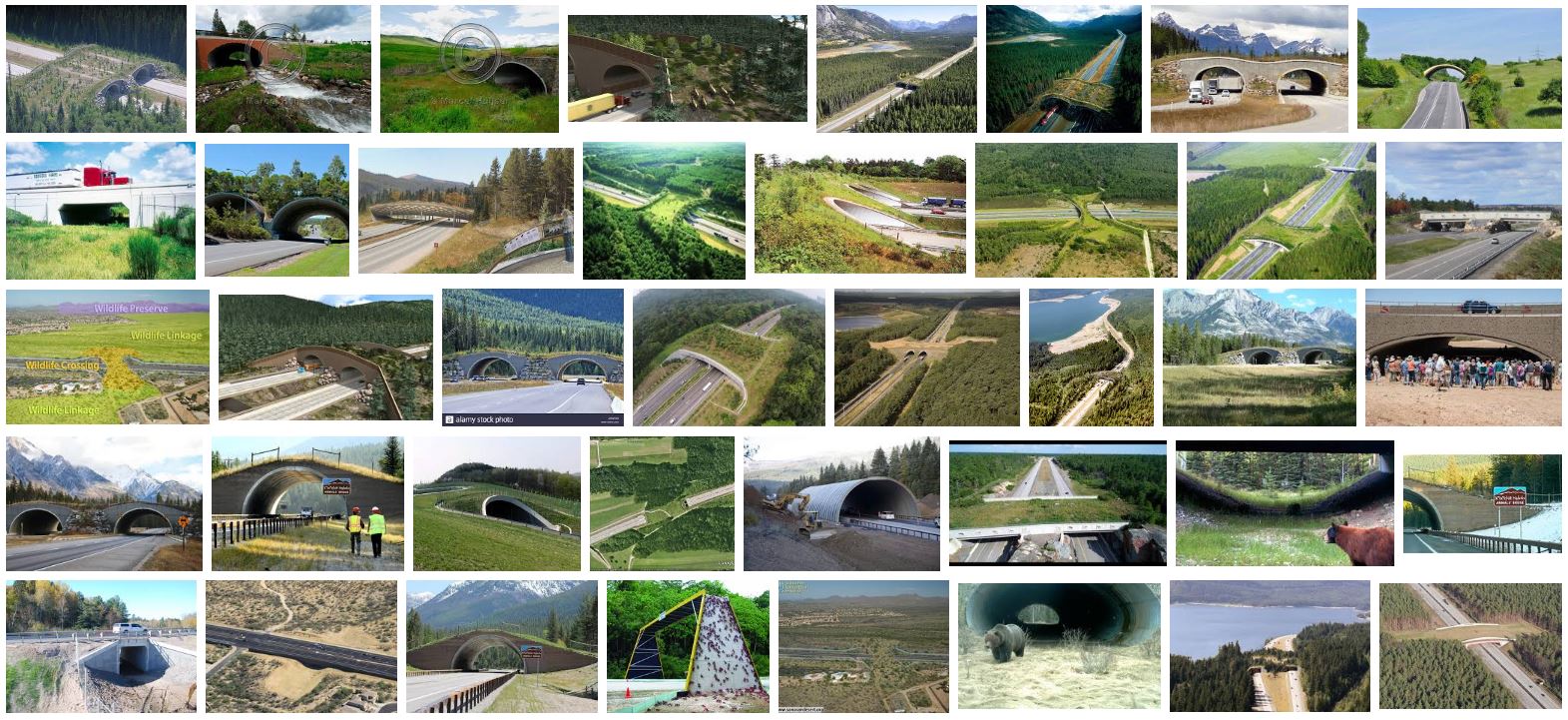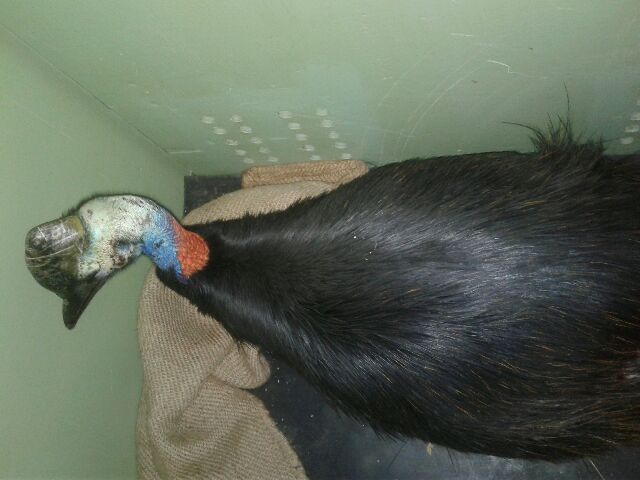by Jo Martin, 5 minute read with pictures :- )
It’s an oldie but goodie because the answer is, of course, obvious: To get to the other side.
The work to repair the rainforest corridor at Kuranda started 40 years ago as ‘timber-getters’ gave way to the first wave of ‘tree-changers’ choosing Kuranda to raise their families as land was subdivided in that generation. We had many new families arrive with dreams of a better life – a wilder rural life – in the tropical forests of North Queensland.
In that time the Wet Tropics Bioregion was listed as World Heritage (1988) for its unique biodiversity found nowhere else on Earth. The work to protect what remains of the ancient forest continues with conservation efforts to rejoin fragmented sections for future connectivity amongst communities who appreciate the ecological values of their land.
Most residents would agree the sheer beauty of living right in the rainforest makes the entire downside pale; however, living in the rainforest is not for everyone. A diverse array of snakes and insects, very loud chorusing frogs all night, essential services cut by torrential rain and flooding, mouldy walls, the list goes on. Nor should it be – since humans have the propensity to chop down trees to build roads, put up fences and plant grass. The urban structure does not belong on all land in all places on Earth.
Distinguished Professor Bill Laurance explains what is specifically necessary in Kuranda Region:
“Typically, for large development projects the secondary or ‘knock-on’ effects are even more damaging than the original project itself. These include the effects of transportation, water, and energy infrastructure—and the ancillary land-use changes and human migration that the project catalyses. It is apparent that developing the Myola Valley, and the Kuranda Region in general—converting it from its present ‘soft use’ as low-intensity rural land and rainforest regrowth to intensive, high-density human and infrastructure use—could be catastrophic for the greater Wet Tropics bioregion. As a conservation ecologist, this project waves every red flag for me.
It is fundamentally important, 30 years on from World Heritage listing of the Wet Tropics of Queensland, to ensure that what remains is protected and that further incursions into the bioregion are tightly restrained. In this region, most (70%) of the lowland forests have already been destroyed. Much of the upland forests on the Atherton Tablelands and Windsor Tableland have also been cleared and fragmented. Government support for improving protection outcomes for remaining critical habitat on freehold land is the first vital step to protecting the bioregion for the future.”
Click here to open letter http://kurandaregion.org/content/uploads/2017/11/Rainforest-Trust-Laurance-Kuranda-letter.pdf
Kuranda Region (including Speewah and Koah) is a unique patch on Australia’s landmass. The 10,000 hectares of freehold land forms a critical block in the narrow bottleneck of the north-south Wet Tropics ecological corridor leaving only the steep grade section on the precarious Kuranda Range Road for cassowary and other transiting terrestrial Wet Tropics species.
The Kuranda Region Corridor Dilemma has been well documented and lobbied with government departments for at least 20 years by local environmental groups involved in the massive revegetation project that has taken decades. It has only been through active community participation, with sweaty brows and bent backs, year after year, that the rainforest is now flushing green with good canopy cover for the first time in 80 years.
The dilemma is that Wet Tropics keystone species cassowary must cross the Kennedy Highway on foot. Either we plan sensible wildlife crossings now or leave the future of cassowary on the roadside. The narrow 7 kilometre band of fragmented ‘essential habitat’ that straddles either side of the Kennedy Highway is crucial for the trajectory of canopy leading to the planned corralled crossings.
Sympathetic landowners, local council and State government must focus on this dilemma again to ensure proper planning is put in place to develop the best possible outcomes for the local cassowary population (30-40 birds, and growing), therefore taking care of all transiting Wet Tropics species crossing the Kennedy Highway at Kuranda.
The ideas for a local solution are not new*. Designing human environments around landscapes and ecological values is not only possible; we know solutions have, and are, being implemented around the globe as human understanding of conservation values increase year on year. It turns out looking after the environment is not a quirky idea; but crucial to healthy human survival. What the environment needs to survive we need too.
We need to aim for balance and a ‘one-size-does-not-fit-all’ approach to solve this pressing problem.

Send your story to
soapbox@kurandaregion.org
Hercules was hit by a car on the Kennedy Highway, Kuranda, 30 July 2018
Photo – waiting quietly for the “wildlife ambulance”
Hercules was transported to Garners Beach Cassowary Rehabilitation Facility,
30 July 2018
Photo – Hercules in his crate en route to “wildlife hospital”




